Advertisement
How An Enslaved Woman Sued And Won Her Freedom In 18th-Century Massachusetts
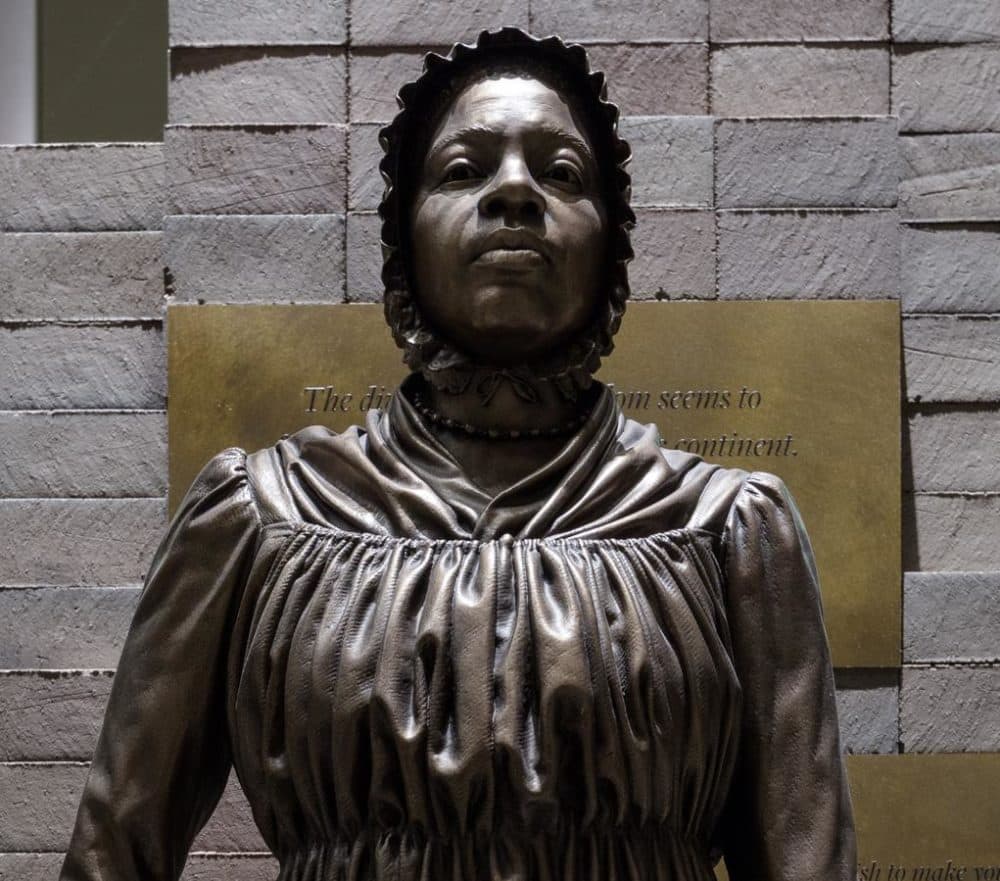
Nearly 250 years ago this month, 11 men gathered in a house on the Housatonic River to draft a document on equality and independence aimed at the British crown. A woman who was enslaved in the house overheard the discussion and determined the words applied to her too.
Elizabeth Freeman later used those ideas to win her freedom.
The house in Sheffield, Massachusetts, built in 1735, was home to Colonel John Ashley, his wife Hannah and their four children. People enslaved by the Ashleys lived there too. They included Brom, Zack, John, Harry and Freeman — known then as Bett, and later MumBett.
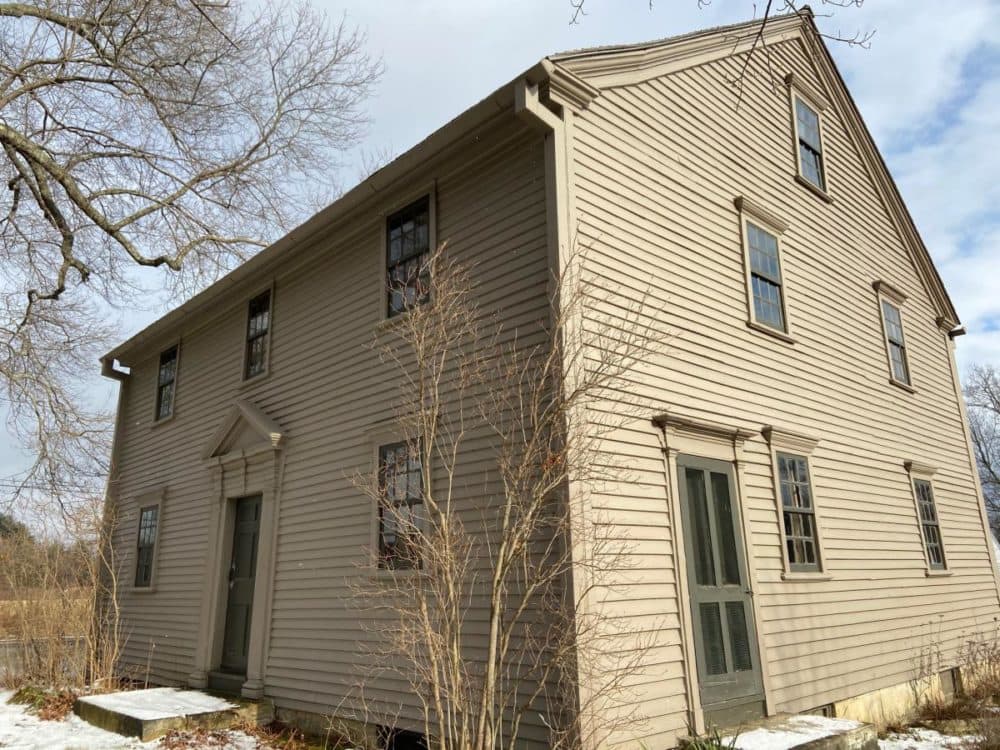
Mark Wilson, curator of collections for the Trustees of Reservations — which owns the house — said the organization has shifted its focus from the story of Ashley, a prominent landowner and judge.
“We began working on retelling the story from the perspective of the enslaved members of the household,” he said. “In terms of the story of Elizabeth, it wasn’t being told properly and it wasn’t being given its due.”
Freeman was brought to the house in 1758 as a teenager. She helped keep the fires going. She cleaned, cooked and served.
In the upstairs study in January of 1773, Ashley and 10 other white men were writing a document called the Sheffield Resolves. Wilson said Freeman, in her 30s then, probably overheard the discussion while serving the men food or drinks.
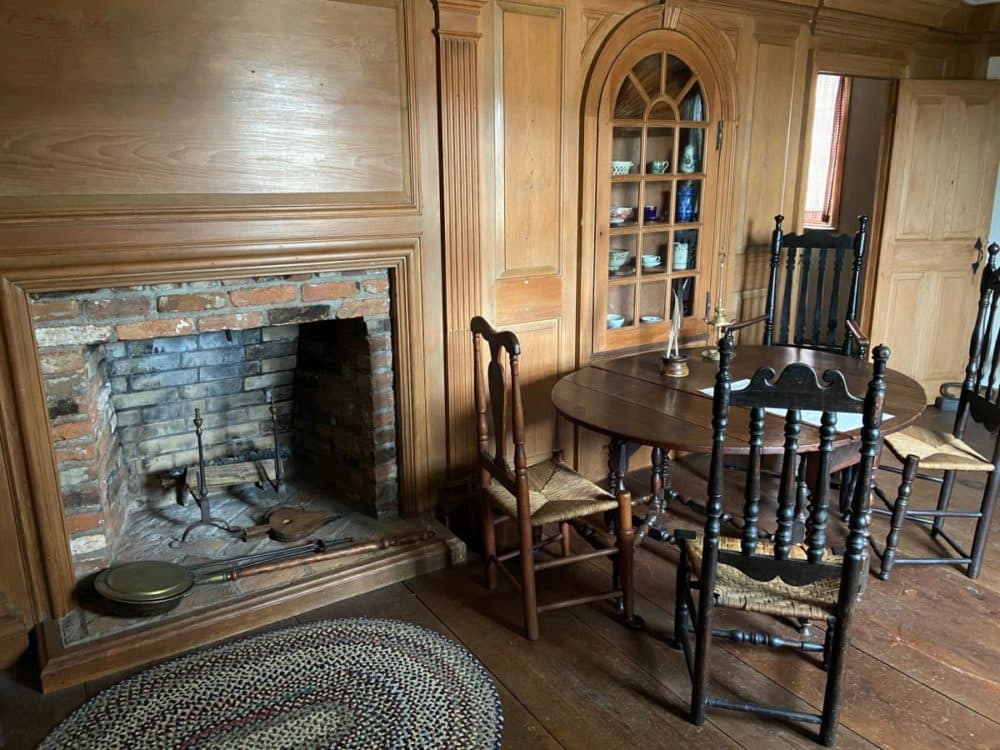
The Sheffield Resolves, also known as the Sheffield Declaration, reads:
Resolved that Mankind in a State of Nature are equal, free, and independent of each other, and have a right to the undisturbed Enjoyment of their Lives, their Liberty and Property.
Historian Emily Blanck of Rowan University said about 2% of the population in Massachusetts was enslaved in the 1770s. At that same time, she says, white residents of the colonies, like Ashley, were arguing that America was a country of freedom.
“They actually complained that they were being enslaved to the British,” Blanck said. “And so enslaved people also were starting to demand that they should be free because slavery was inconsistent with this new rhetoric and new idea of what America was going to be, as something separate from England.”
Clark University historian Ousmane Power-Greene said these words of freedom may have inspired Freeman.
Advertisement
“White men with power — one of whom is a slave holder — are writing these words that are saying these words,” Power-Greene said. “And that's what's going to give her the sort of impulse, right? Not the idea that her life is not one that was worth more than being a slave. It's the moment that these same white people are articulating that verbally, and are writing it down, and proclaiming it, that they're going to encourage her and try to see if those would manifest in her actual freedom.”
About nine years after she heard these words, something happened in this house that changed everything for Freeman.
One day, bread was baked for the family. Lizzie, who was either Freeman’s daughter or sister — historians disagree — put a piece of dough in the hearth for herself. Ashley’s wife, Hannah, got angry and grabbed a shovel from the fireplace. Freeman intervened.
“Put her arm in the way and then was struck by this [shovel], which left a scar that she would, of course, hold out for people to sort of see, and wear it as a sort of illustration [of the] sort of violence that she endured as enslaved person in the household,” Power-Greene said.
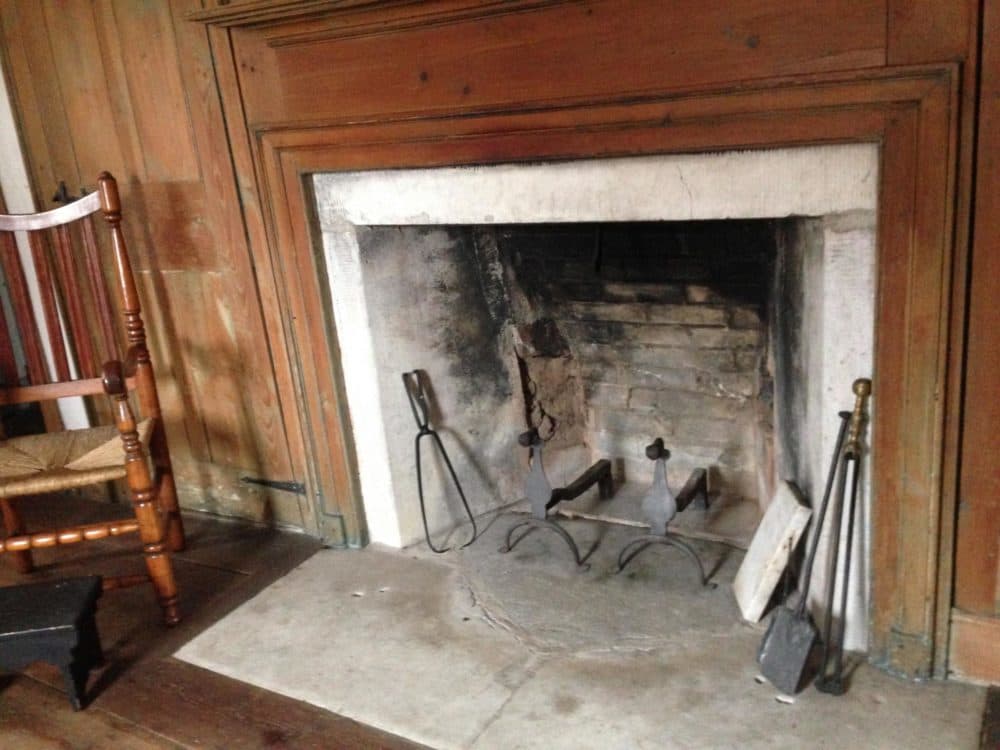
That act of violence was the last straw, according to Mark Wilson.
“Elizabeth asked for an apology. She didn't receive it. So she walked away from the house,” Wilson said.
The exact details vary, but the story goes that it was winter and a foot of snow blanketed her path. Freeman walked several miles to the home of one of the men she overheard writing the Sheffield Resolves.
“She has the resilience to just bundle up and go to the house of the young Theodore Sedgwick, a lawyer, and ask for her suit for freedom,” Wilson said.
Sedgwick agreed to represent her. And he added a man named Brom, also enslaved by the Ashleys, to the lawsuit. Brom & Bett v. Ashley was heard in the Berkshire County court.
Historian Emily Blanck said Sedgwick’s argument was based on the new Massachusetts state constitution.
“It declared that all men are born free and equal, and Sedgwick and others believed this was inconsistent with holding people in slavery in the state,” Blanck said.
They won their freedom, and the judge ordered John Ashley to pay 30 shillings each to Brom and Freeman. After appealing and then dropping the appeal, Ashley paid the money.
Not long after, an enslaved man, Quock Walker, also sued for his freedom in Massachusetts and won.
Blanck said that in the aftermath, two facts point to a kind of quiet emancipation in the state.
“One: nobody else sued for freedom. Two: when we get to the 1790 census, there’s nobody else in the state of Massachusetts that will admit that they own slaves,” Blanck said.
That doesn’t mean slavery had disappeared, but Blanck said the state’s legal institutions did not support it.
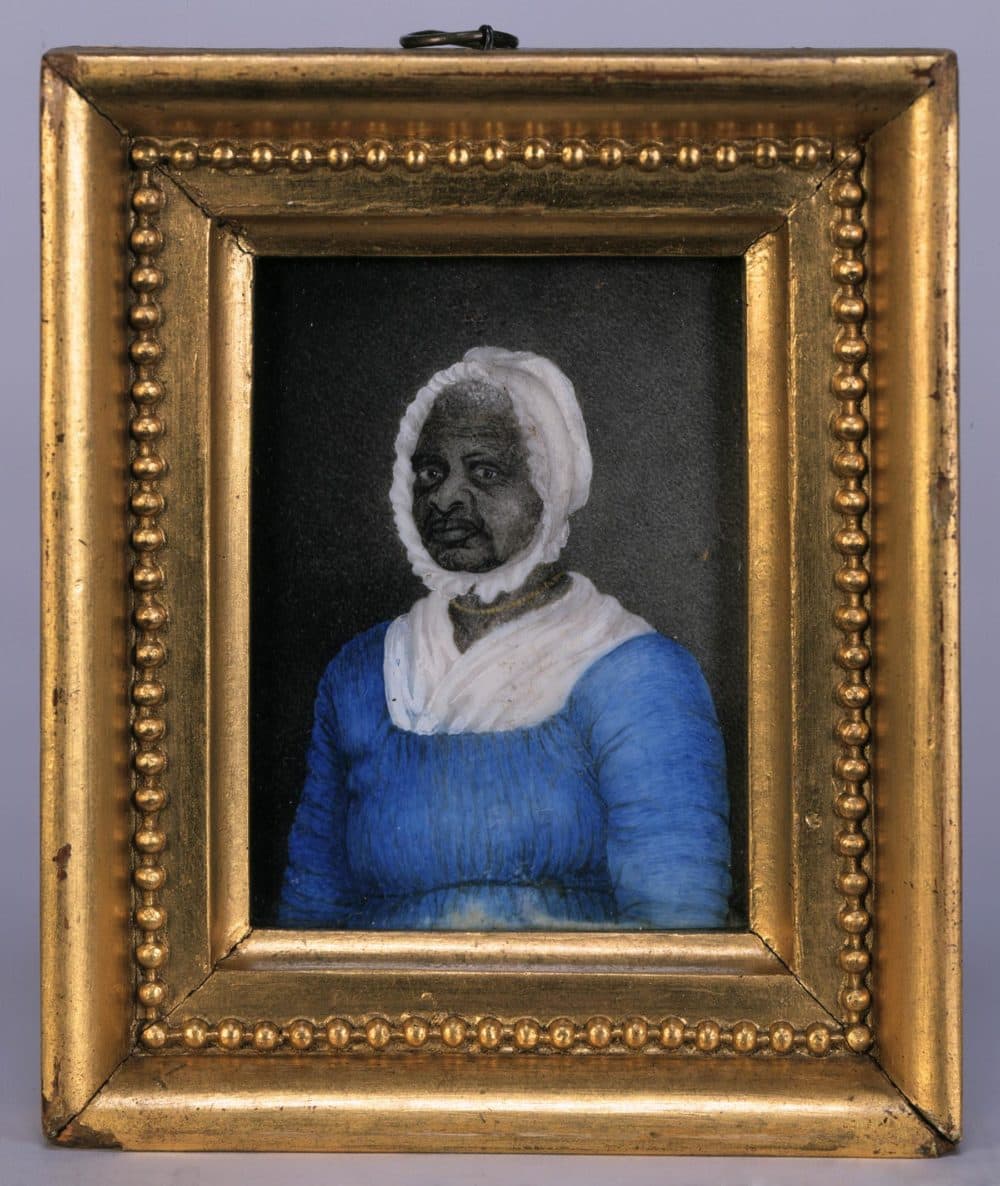
After winning her lawsuit, Bett, who now called herself Elizabeth Freeman, went to work for Sedgwick, her lawyer. She ran his household for 20 years as a paid housekeeper.
When Freeman was in her 60s, she moved out onto her own property. She lived with her family on nearly 19 acres. She farmed and worked as a midwife.
Power-Greene said Freeman showed that one individual can make big change.
“One can challenge authority, and end up shifting the way people think about the world,” Power-Greene said. “And so for me personally, I'm tremendously inspired by her. And I'm actually shocked that she's not memorialized in Massachusetts, particularly in western Massachusetts. You know, we need a MumBett statue in western Massachusetts.”
But we do we have Freeman’s words, as written down by Catherine Maria Sedgwick, Theodore Sedgwick’s daughter — including this quote: "Any time, any time while I was a slave, if one minute's freedom had been offered to me & I had been told I must die at the end of that minute I would have taken it — just to stand one minute on God's earth a free woman — — I would."
Freeman died at age 85 and was buried in the inner circle of the Sedgwick family plot in the Stockbridge cemetery.
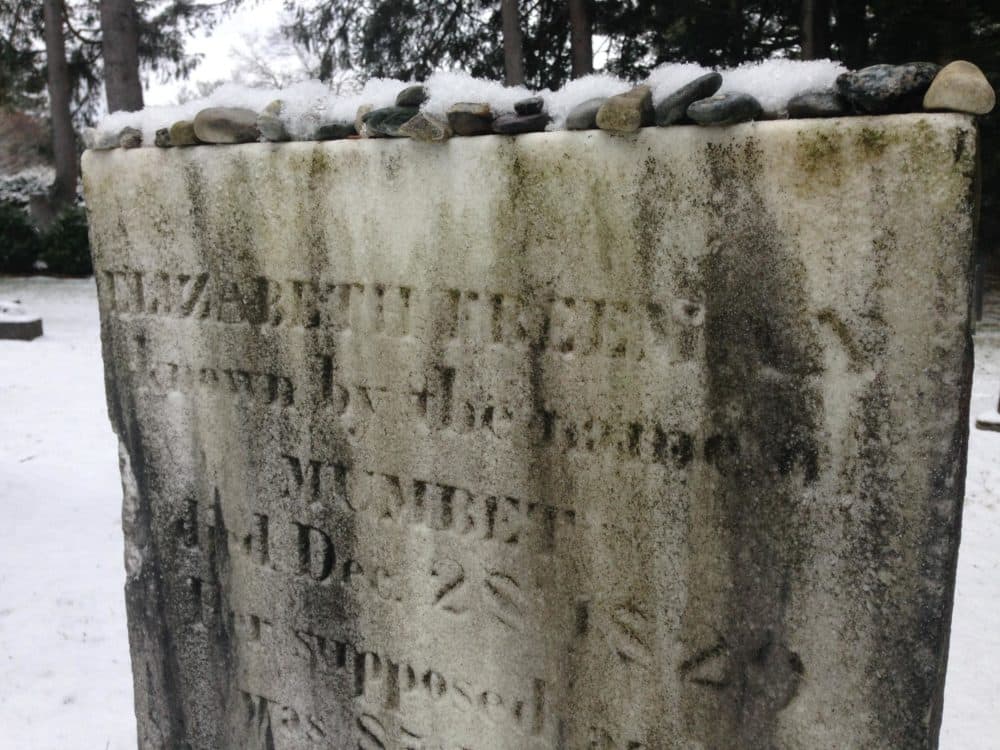
The epithaph on Freeman's grave stone reads:
ELIZABETH FREEMAN known by the name of MUMBET Died Dec 28, 1829 Her supposed age was 85 Years. She was born a slave and remained a slave for nearly thirty years. She could neither read nor write, yet in her own sphere she had no superior nor equal. She neither wasted time nor property. She never violated a trust, nor failed to perform a duty. In every situation of domestic trial, she was the most efficient helper, and the tenderest friend. Good Mother, farewell.
This story is a production of New England News Collaborative. A version of this story was originally published by New England Public Radio.
This segment aired on January 31, 2020.